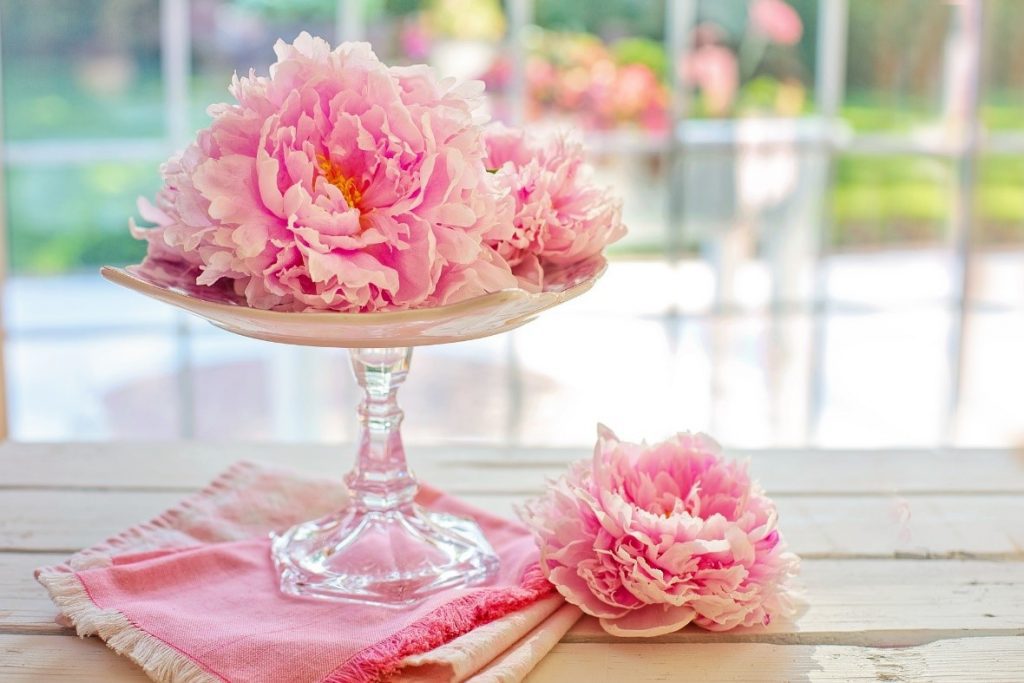A lot of people have gotten into gardening during the lockdown, which is great! We love gardening and landscaping at Old Hall, which is why our grounds are so well kept. In this blog, we’ll show you our favourite plants that bloom in the summer. We’ll be thinking about plants that can help you to create a colourful and vibrant veranda, plants for indoors, and plants that have positive effects on British ecosystems. We’ll also talk a little about our own efforts at our caravan park near Morecambe!
Lupins add brilliant shocks of colour in any garden or display. Available in a range of colours, you’ll easily be able to co-ordinate a box of Lupins with any current garden plans.
A relatively tall flower, Lupins stand out from smaller flowers and make a brilliant backdrop to a tiered garden of blooms. They should be planted with either full sun or partial shade and need moist soil with good drainage in order to thrive.
To ensure long lasting blooms, you’ll have to keep on top of the deadheading, but it is well worth it for the gorgeous colours these plants produce throughout May and June.
Peonies are gentle flowers, not nearly so robust looking as lupins. Herbaceous peonies grow in shrubs and provide a lot of dark green leafage alongside their huge blooms, which serves to enhance the beauty of their delicately petalled pale flowers.
Like Lupins, peonies require lots of sun, moisture, and well-drained soil, and they prefer neutral or alkaline soil types. They should be planted in spring or autumn and owners should be wary not to overwater their new peonies.

Also known rather cutely as ‘Hattie’s pincushion’, or less prettily as ‘masterwort’, astrantia doesn’t require much sun but can thrive happily amongst your peonies and lupins in full sunshine as long as it gets enough water.
Their blooms are much smaller than peonies, and also have less height so you will want them near the front of your garden arrangement. Their colouration tends to be pink or white and will combine well with most other flowers.
Geraniums vary in height and can often be found 2-4 feet tall, although dwarf varieties are also available providing 5-8 inches of height. Choosing a dwarf variety to sit in front of your astrantia can create a beautiful border to your blooms in the summer.
Available in a range of colours, these plants like a lot of sun. If you could consider introducing hanging baskets or window boxes to your garden, ivy geraniums do especially well in these conditions and could bring some framing to your garden scene.
If you’re working with a shady garden, foxgloves make a beautiful alternative to lupins as they are similarly tall and brightly coloured. Also known as digitalis, foxgloves are heavily favoured by the bumblebee and so make a brilliant choice for an eco-friendly British garden.
For foxgloves to thrive, you’ll need to place them in light or deep shade. They aren’t too fussy when it comes to soil however, and will enjoy light or heavy clay textures.
Also referred to as dianthus, this low-level plant gives beautiful white-pink blooms in the summer. These plants are more picky about their environments and will require well drained alkaline soil. They also need careful and regular deadheading checks to prolong their blooms.
Not all seedlings of Sweet William bloom in their first year, so if you want to see blooms soon you should buy an older plant that has matured enough to bloom next summer.
If you want a flower to introduce summer, bluebells are the perfect option. These plants typically bloom between April and May and are incredibly important for bees and local ecosystems.
At our caravan park in Lancashire, our English bluebells flower throughout the grounds. They have a protected status due to their rarity and it is currently against the law to pick, uproot or destroy these bluebells. Bluebells are an incredibly delicate plant and can take years to regrow from damage. Because of this, we are exceptionally proud of our success with bluebells throughout our park.
You can read more about bluebells and endangered flower species here, or watch the video below to appreciate our bluebells.
We look forward to seeing you back at our park once the lockdown is over!